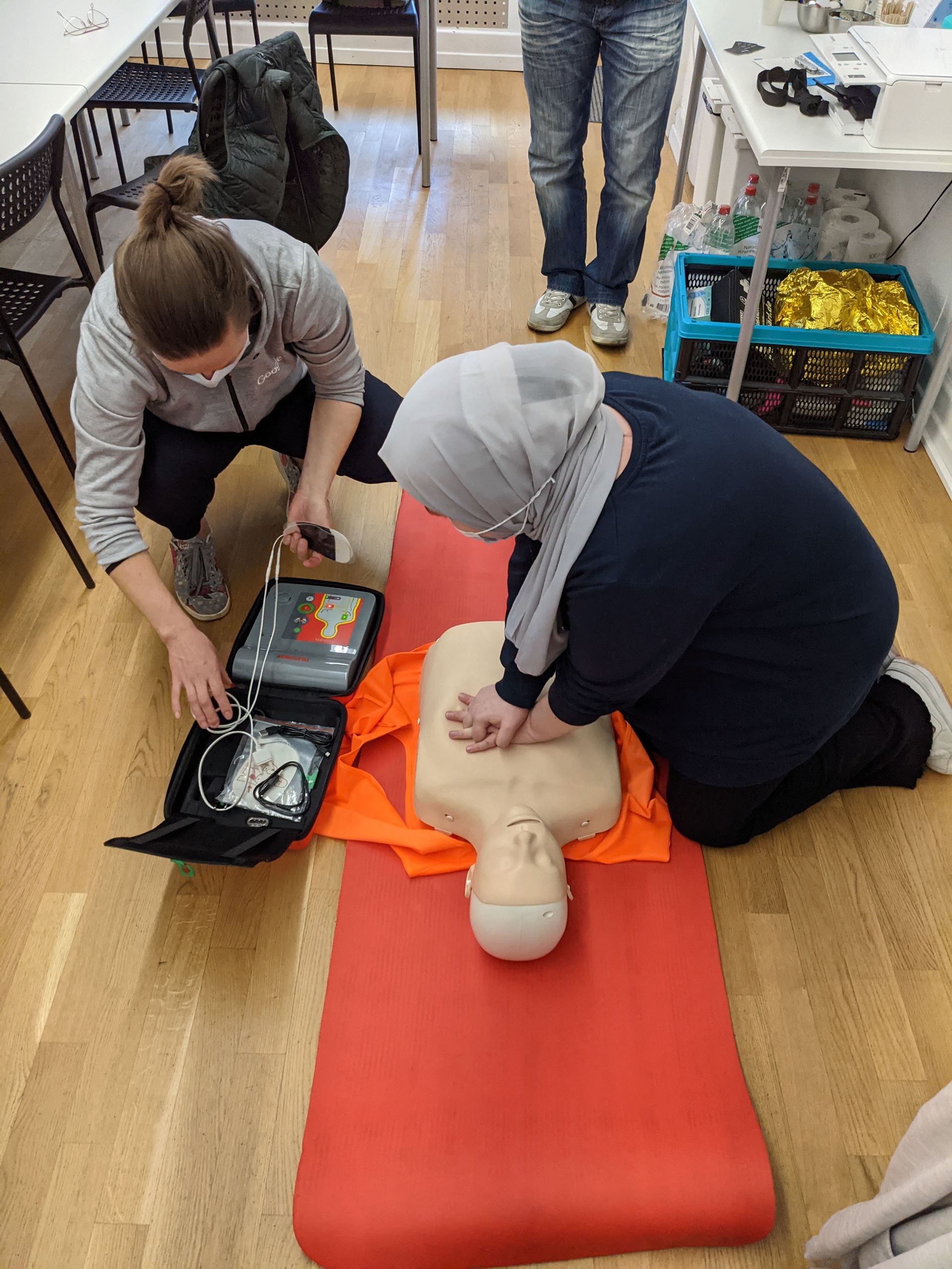This page is dedicated to provide you with advice and guidance regarding how to manage your conditions, how to deal with minor injury or illness that doesn't require treatment or advice from us. While there are many resources available online to learn about health and social care such as NHS' website, we have gathered information regarding local and national services that we hope will help you manage your condition on your own or with support available locally without need for formal referral from us. A directory of local services is also avaialble on the weblinks provided with in the web page.
Please scroll down this page to find more information about support you can find for yourself and family members, as well as advice about long term conditions such as asthma, diabetes, high blood pressure and more...
Please visit Southampton City Council Webpage to learn about adult social support provisions in the city: https://www.southampton.gov.uk/self-assessment-tool/






